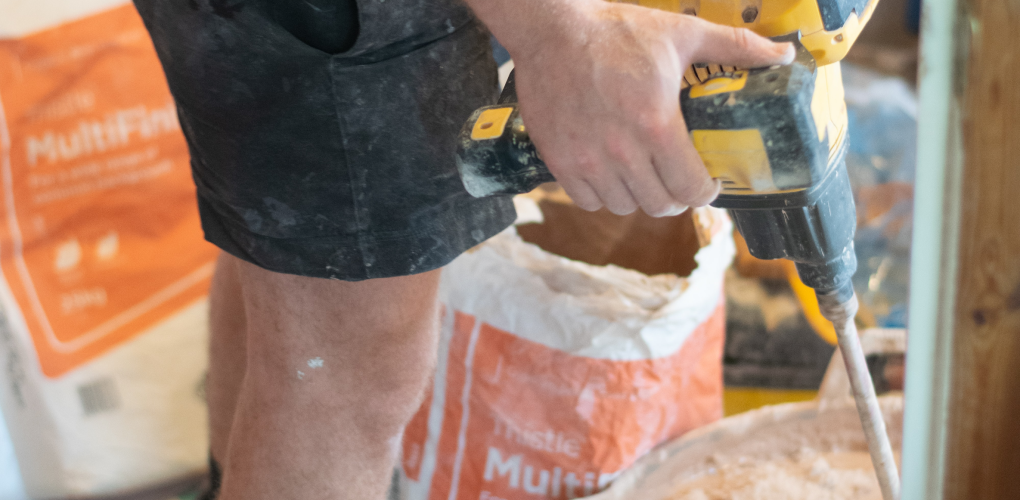https://www.dry-lining.co.ukWe are industry experts for more than 40 years.
- Product Catalogue
- New Arrivals
- Materials+
- Power Tools+
- Drywall Jointing Machines+
- Jointing & Sanding Tools+
- Plastering Tools+
- Stainless Steel Finishing Trowels
- Spring Steel Finishing Trowels
- Perma Shaped & Duraflex Trowels
- Superflex & Plaziflex Trowels
- Plastic Trowels & Blades
- Corner Trowels
- Special Trowels
- Hawks & Floats
- SpeedSkim
- Refina Spatulas
- TapeTech Skims
- Edges & Rules
- Plastering Accessories
- Tubs & Mixing
- Trowel Protectors
- Protection & Cleaning
- Texture & Coving Tools
- Render Tools+
- Pouches, Workwear & PPE+
- Drylining Tools+
- Sand Paper, Discs & Pads
- Power Tool Accessories+
- Parts & Spares+
- Full Circle Tools+
- Box Bead
- Rocksteady Clips
- Manufacturers+
- TapeTech & Drywall Master Parts
- Tapetech
- Abracs
- Advance
- ARROW
- Artex
- Astra Tools
- Bessey
- British Gypsum
- Bond It
- CanAm
- Catnic
- Dart Tool Group
- DeWalt
- Drywall Master
- EazyMix
- Edma
- Evolution
- Estwing
- European Steel Profiles
- Everbuild
- Feb
- Faithfull
- Flex
- Fox
- Full Circle
- Hough
- Hyde
- JCB
- JRT
- JBS
- Irwin
- Kraft
- Kunys
- Knuaf
- Marshalltown
- Mirka
- Nilfisk Alto
- Ox Group
- Rawlplug
- Ragni
- Refina
- Ripit
- Rodo
- RST
- SAS
- Scangrip
- Scan Safety
- Senco
- Spear & Jackson
- Stanley
- Strata
- Silverline
- Tayler Tools
- Timloc
- Ultratape
- Vitrex
- Wiss
- Wondertex
- Weber
- Work Lights
- Promotions




